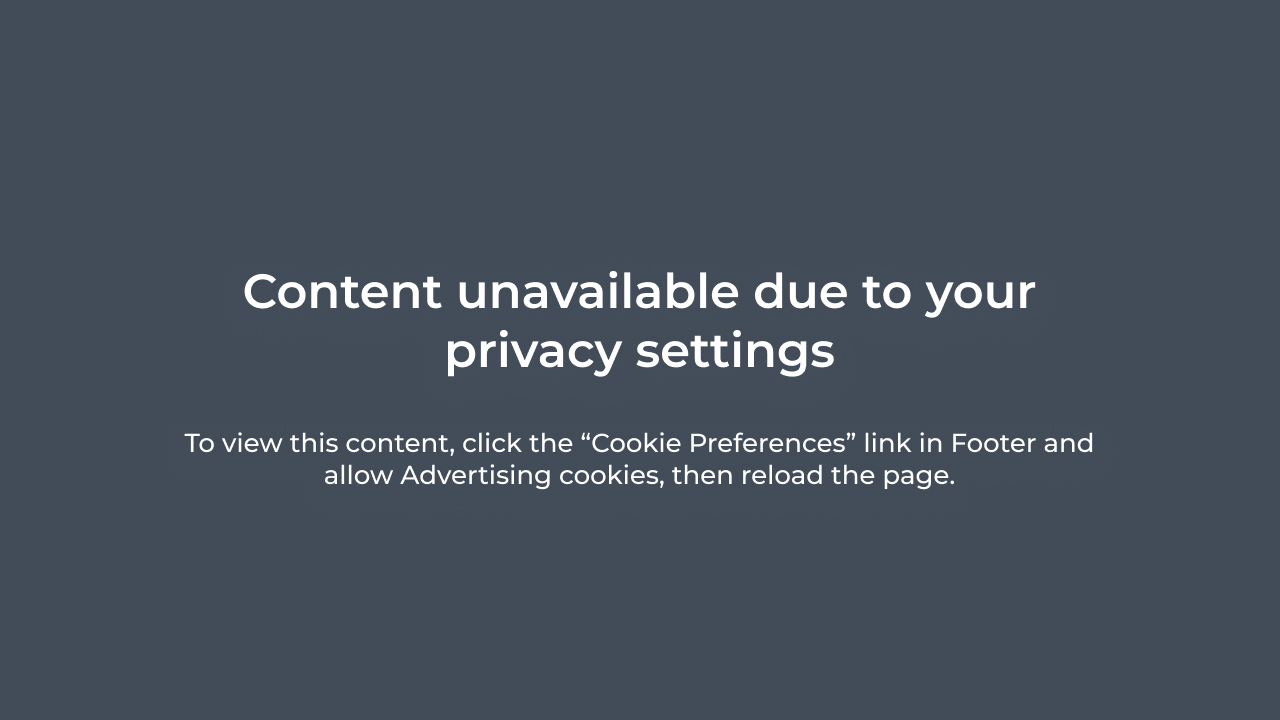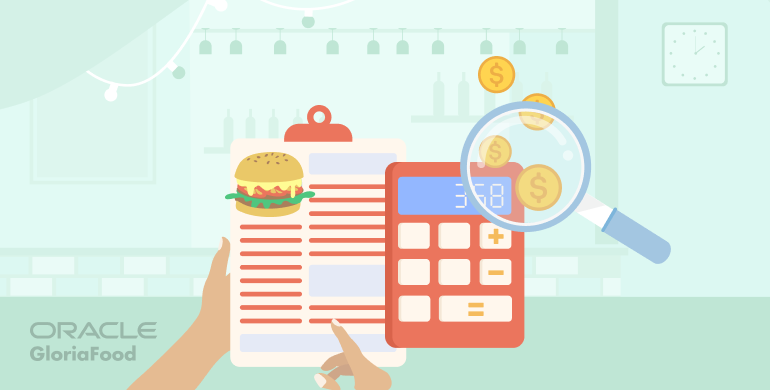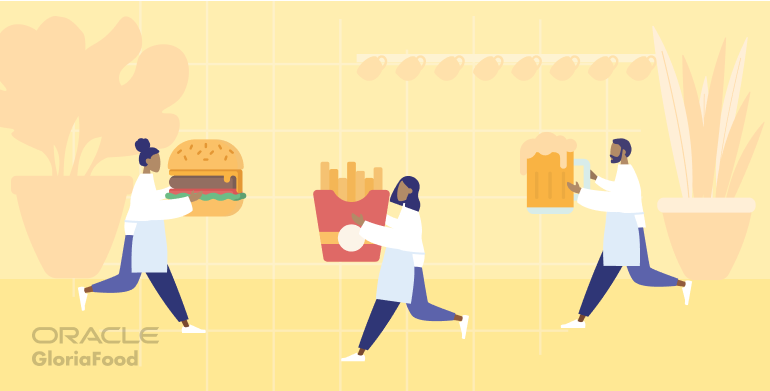- Why you must excel at handling complaints in the restaurant
- Top 10 guest complaints in restaurants
- 1. Wrong food orders
- 2. Badly prepared menu items
- 3. Unavailable menu items
- 4. Long waiting times
- 5. Bad, inattentive, or rude service
- 6. Lack of cleanliness
- 7. Delivery problems
- 8. Lack of lighting in the restaurant
- 9. Music is too loud
- 10. Too high prices
- How to respond to restaurant complaints efficiently
- 1. Listen to the complaint
- 2. React with calm and empathy
- 3. Acknowledge the problem
- 4. Offer a resolution
- 5. Follow up
Every customer service business will inevitably face unhappy customers. Restaurants are no exception to this rule. At one point, a client will complain about the food, the service, the cutlery, the atmosphere, etc.
No matter if you are at fault at not, the key to running a successful business is how you respond to the complaint. In this article, you will find a comprehensive guide on handling complaints in a restaurant, so you don’t end up losing clients or money.
Why you must excel at handling complaints in the restaurant
Handling complaints in the restaurant is no easy task, but it is an important one. Here is how you will benefit if you learn to manage client problems efficiently:
- Increase client satisfaction: the best time to handle a complaint is as fast as possible. If you acknowledge the problem and try to find a solution as soon as the client complains, you have a better chance to turn the situation around and help the client leave satisfied, instead of unhappy;
- Boost restaurant reputation: upset customers will talk about their dissatisfaction to friends, family, and even online. If you adequately handle their complaints, you may even get them to recommend your food business;
- Get more positive reviews: a bad review can significantly drop your rating and discourage potential clients from visiting you. That’s why it is important to manage grievances and stop customers from leaving negative reviews;
- Persuade customers to come back: no matter the complaint, with quick problem-solving skills, you can improve the client experience and convince guests to come back to your restaurant.
Top 10 guest complaints in restaurants
The key to handling complaints in restaurant is preparation. And, in order to be prepared, you need to be aware of all possible grievances customers may have regarding your business. Here are the top 10 guest complaints in restaurants:
1. Wrong food orders
For example, when a client orders a Pizza Margherita, but receives a Pizza Quatro Stagioni. This can happen for a couple of reasons, but it is usually either a miscommunication between the front and back of the house or a server notating down an order wrong.
To prevent this problem, you can use an efficient POS system, like the one from GloriaFood. The dashboard is optimized for ease of use so employees can place orders fast. The food orders are then automatically sent to the kitchen, so there is no risk of errors on the way.
Increase speed of service and order accuracy with the best POS system
Check out the many other useful features from GloriaFood
2. Badly prepared menu items
Such as burnt crisps, undercooked pizza, over seasoned pasta or any other food preparation problem that results in an unsatisfactory or sometimes even inedible menu item. This can happen when there is no standardized recipe or preparation method.
The solution is to adopt restaurant standardized procedures that detail what ingredients, what quantity and how to prepare a menu item. Manager supervision and constant checks can also help ensure each menu item is prepared adequately.
After clients browse the menu and decide on what they want to eat, the server tells them that the item is no longer available. You can prevent this problem by using an inventory management system that alerts you when you need to replenish your stock.
Moreover, to prevent disappointment, you can also use the restaurant menu editor from GloriaFood that enables you to mark items as Out of Stock. You can update the status of the item and make a variety of other changes, all for free.

4. Long waiting times
Hungry customers have a hard time waiting for their food to be delivered. Moreover, during rush hours, clients will struggle to flag down a server to place an order and pay. The more a guest waits to be served, the higher the chances of a bad review.
A great way to improve the speed of service is to use an on-premises online ordering system with a QR code menu. Once seated, clients can browse the menu, order, and pay, all using their phone, with no need for unnecessary waiting times.

5. Bad, inattentive, or rude service
Your employees represent your restaurant. If any of them display inappropriate behavior, customers will surely complain, and their negative feedback will deter potential clients from visiting your establishment.
Therefore, to prevent any unfortunate situations, you must provide all employees with training on how to greet, serve, and interact with clients. To ensure they work hard, you can also motivate them with performance-based bonuses.
6. Lack of cleanliness
A dirty serving platter, a table full of crumbs, and an improperly cleaned bathroom are all potential causes for complaints. A clean restaurant shows customers that you prioritize their experience, and they can safely come back and enjoy your delicious food.
To that end, ensure you have a proper cleaning schedule that is enforced every day, taking care to clean even the often-forgotten areas such as the bar or under the tables.
7. Delivery problems
Selling your food online is a must if you want to increase your sales. But using third-party delivery apps gives you no control over the ordering process and the problems that may arise. Customers may leave bad reviews that have nothing to do with your restaurant.
To prevent this, you must get your own online ordering system which enables clients to order directly from your website, in a few simple clicks. It will only take you 10 minutes to install the GloriaFood system which provides an intuitive ordering system which persuades clients to come back.

Improve customer service online with the best free online ordering system
Install it on your website in less than 10 minutes
8. Lack of lighting in the restaurant
The ambiance in a restaurant can either make clients feel welcomed or rushed and uncomfortable. And a big contributor to an establishment’s atmosphere is lighting. Cold, big, overhead lights resemble a hospital and are not fit for a space where food is served.
In turn, create a comfortable space with small lights placed strategically to illuminate tables and walkways. You can also add some art installations to serve as a great backdrop for pictures.
9. Music is too loud
People don’t go to a restaurant just to eat in a hurry and eat. They go out to bond with family and friends and have meaningful conversations. That can’t happen if the music is so loud that people have to yell over the table.
The best way to prevent complaints regarding music is to keep it on a low level that provides some background noise but doesn’t cover a normal speaking voice.
10. Too high prices
Not everyone will be happy with your pricing strategy. The key to avoiding most price complaints is to provide value for money and make it clear that you do so.
For example, if you have higher price points than your direct competition, you need to tell people why, be it bigger portions, quality ingredients, items sourced from a specific country, or a special preparation method.
How to respond to restaurant complaints efficiently
Even if you do your best to employ all the preventative measures provided above, inevitably, a customer will be unhappy with something. Luckily, with these tips for handling complaints in a restaurant, you can de-escalate any situation and end up making a good impression:
1. Listen to the complaint
The first step to efficiently handling complaints in a restaurant is actively listening to the unhappy customer. Don’t interrupt them and use body language to let them know they have your undivided attention such as eye contact and appropriate nodding.
This will let them know you are hearing and understanding them, not ignoring their problems. Pertaining to online complaints, take the time to read the message thoroughly before you come up with a reply.
2. React with calm and empathy
Your main purpose when dealing with disgruntled customers is to de-escalate the situation. That’s why it is important to always maintain a calm attitude with a steady voice and never start an argument.
People tend to match the energy of the ones they are communicating with. So, if you keep the tone calm, they tend to be calm themselves. If you raise the tone, you risk escalating the situation.
3. Acknowledge the problem
While you may think the restaurant is not at fault in every case, it is important to try and see every restaurant from the client’s perspective. Therefore, let the customer know you understand their complaint, be it a long wait time, an inaccurate order, or poor service.
It will also help to provide an apology. If you consider that the situation was not provoked by your business or employees, you can apologize for how the event made the customer feel.
4. Offer a resolution
After assessing the situation, it is time to come up with a solution and enact it. The solution will be different for each complaint, according to severity. For example:
- An apology may suffice for situations when you were directly at fault, such as a customer didn’t enjoy a sauce that they deliberately ordered;
- A small discount could appease clients who received part of their order with a slight delay compared to the other food items;
- A 50% discount for future orders can be a great encouragement for people who have experienced delays with their online orders;
- A full return on the money is the norm for more problematic situations, such as undercooked meat.
Work on a solution together with the customer to ensure they are completely satisfied at the end of your conversation.
5. Follow up
Don’t forget to reach out to the customer again at the end of their meal, before they leave, to find out if you solved their complaint, or if you need to do something more to appease them.
Moreover, you can also contact them after a few days over email to ensure they are still happy with the resolution. You can also take this opportunity to invite them over again and get them to become repeat customers.
Final words
To ensure your restaurant’s survival for years to come, you need to invest in both prevention and preparation for handling complaints in the restaurant. The tips provided above are a helpful resource you can return to whenever you need to refresh your memory.
Do you also want to know how to handle online complaints? Read this article:
How to Reply to Bad Restaurant Reviews: Easy-to-Follow Tips and Examples
- Why you must excel at handling complaints in the restaurant
- Top 10 guest complaints in restaurants
- 1. Wrong food orders
- 2. Badly prepared menu items
- 3. Unavailable menu items
- 4. Long waiting times
- 5. Bad, inattentive, or rude service
- 6. Lack of cleanliness
- 7. Delivery problems
- 8. Lack of lighting in the restaurant
- 9. Music is too loud
- 10. Too high prices
- How to respond to restaurant complaints efficiently
- 1. Listen to the complaint
- 2. React with calm and empathy
- 3. Acknowledge the problem
- 4. Offer a resolution
- 5. Follow up








